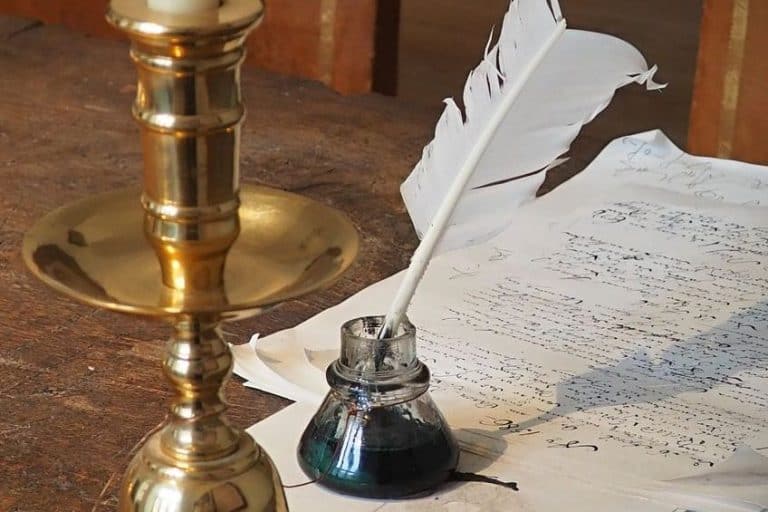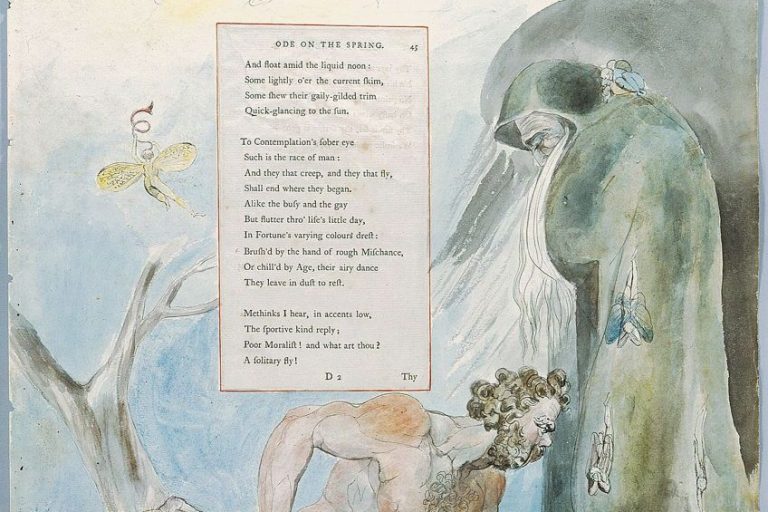Ekphrastic Poetry – Where Prose Meets Visual Art
Why are so many literary terms a bit complicated and archaic? This is the bildungsroman thing all over again! Some old term that is hardly used in comparison to other terms that could be used, but hey, we’ll get through this together. This article will take a look at ekphrastic poetry’s history, a definition of the concept, some characteristics of the form, the uses of it, and a number of ekphrastic poem examples. Are you interested in learning about this kind of stuff? Well, then keep reading!
A Look at Ekphrastic Poetry
In my experience as a teacher of literature, I have often found that some of the different types of poetry can be rather irritating to learn for quite a number of people. There are certain terms that sound difficult and complicated to students. They obviously sound complicated! And that’s because they have some big and scary terms attached to them, like ekphrastic poetry. This term sounds highly technical, but it really isn’t at all.
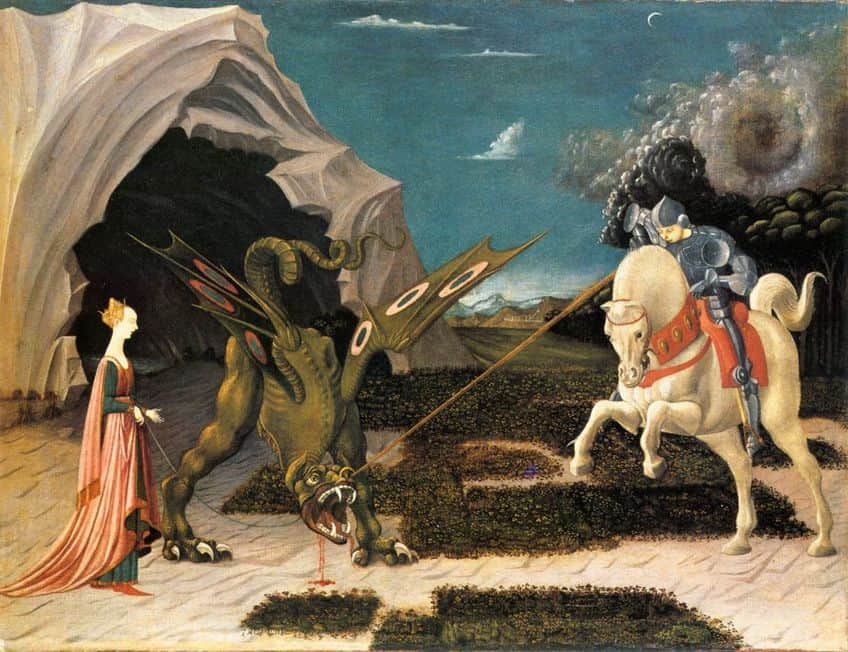
So, then what is ekphrastic poetry in the first place? It’s rather simple. This variety of poetry is, at its core, about describing some piece of art. That’s it! It’s a means of writing descriptions into a poem in such a way that it gives you strong detail about some particular artwork. We will go into some depth with regard to a definition of ekphrastic poetry in some of the sections below, but before we even get into that, just remember that this really isn’t complicated stuff at all. Many examples of literature, philosophy, and academia, in general, are made to sound difficult, as if they have been painted with an air of special exclusivity. However, as I’ve repeatedly told my own students, most things really aren’t all that complicated once you just explain them. So, let’s break this down! But first, we are going to take a gander at a summary of things.
Summary of Ekphrastic Poetry
The entire concept of ekphrastic poetry is really not complicated at all, so let’s peel away some of the layers of obscurity that may hide what this term means with regard to poetry. This is only a summary of what we will discuss in detail below, but for those who need a quick summary, we have you covered!
- Ekphrastic poetry refers to poems that describe a work of art. This type of poetry is a rather interesting one because it essentially just refers to the kinds of poems that take a particularly close look at a piece of art. This can be any kind of work of art.
- Ekphrastic poetry originated in ancient Greece. Ekphrastic poems can be found in the Homeric epics, and this makes it particularly ancient. This shows that the form has been around for several thousand years. However, it is a rather general term, and so the heavy description of something will obviously have been around for a very long time.
- Ekphrasis can be found outside of poetry. While the term “ekphrasis” is often associated with poetry, it is just a word for describing art within another text. This means that we can find instances of ekphrasis in prose and non-fiction texts too. It’s just a rather archaic word that is hardly used any longer.
This has been a little bit of an overview of the ideas that will be expressed throughout this article. If you want to learn significantly more than the tiny amount of information that has been shared here, you can continue reading.
The next section examines some of the origins of ekphrastic poetry as a form.
The History of Ekphrastic Poetry
The ekphrastic poem has been around since the ancient Greek period. One of the earliest known instances of ekphrastic poetry can be found in the epic poems of Homer. This kind of description was used to vividly portray artworks for the people who would read or listen to these poems. The basic idea behind the ekphrastic poem as something that is a description of an artwork means that this type of poetry was always bound to exist. It does not have specific formal requirements or anything else of the sort, and so many writers have adopted ekphrasis in their poems in the millennia since ekphrastic poetry first emerged.
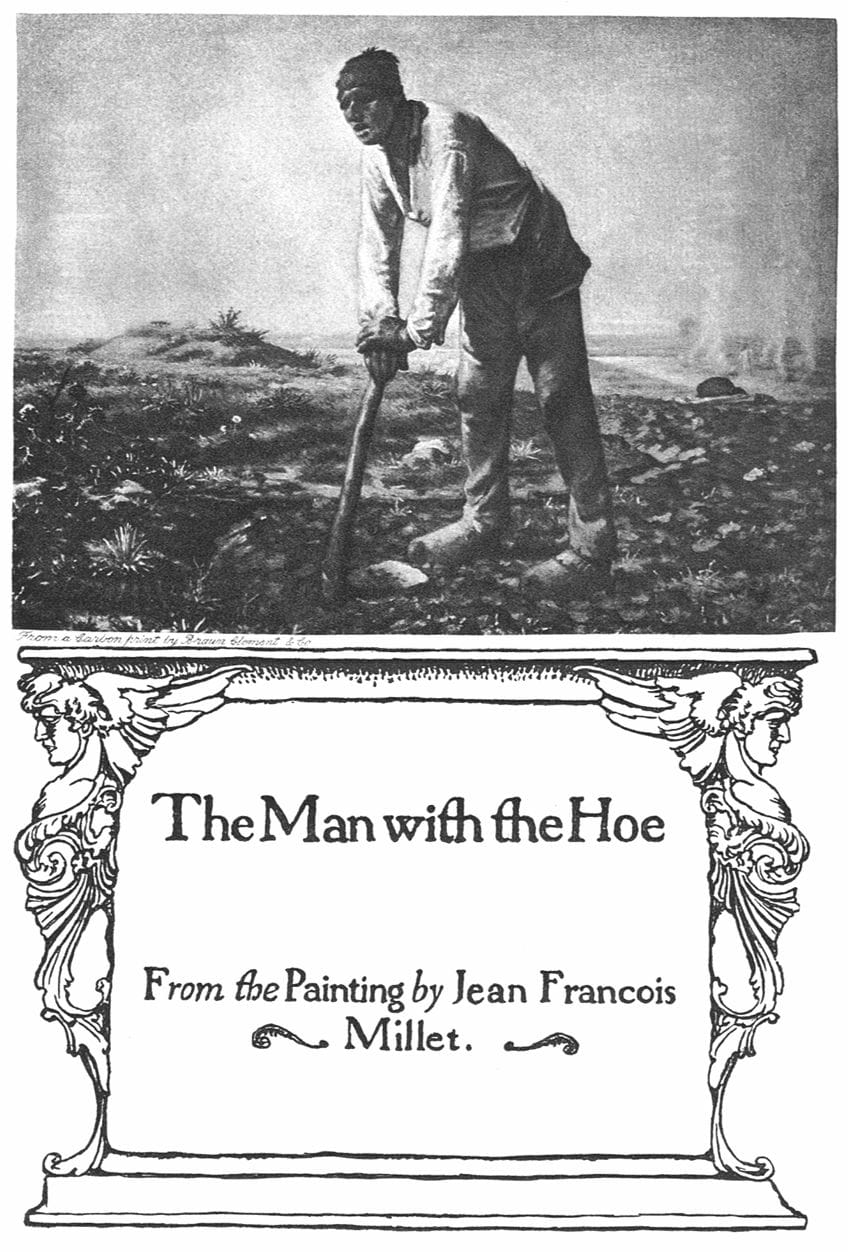
A Definition of Ekphrastic Poetry
We have already described the basic understanding of ekphrastic poetry, but let’s go a little bit deeper. So, this ancient form of poetry is a means of describing some work of art. This can be done to simply describe something as part of the setting. However, it can also be done to look at the deeper themes that may be found within the piece of art itself. In addition, there are different types of ekphrastic poetry.
There are the binary terms of actual ekphrasis and notional ekphrasis.
These two are both about describing a piece of art, but the first of these two terms refers to a poem that describes a real-world painting. The second term refers to a poem that describes a fictional piece of art. Many instances of ekphrastic poetry will discuss works of art from mythological places, and these are then instances of the latter definition of ekphrastic poetry.
The Characteristics of Ekphrastic Poetry
When it comes to the characteristics of ekphrastic poetry, there are no definitive requirements. An ekphrastic poem can be an instance of free verse poetry, a sonnet, a sestina, and so on. So, there is no such thing as a formal ekphrastic poem in the same way that some other formal varieties exist. Some of the principal characteristics of ekphrastic poetry will therefore be those that are oriented around how something is described, and there are no real rules there either. When it comes to an ekphrastic poem, it simply needs to describe a piece of art. It can describe it in vivid detail, from a more symbolic perspective, or talk around the artwork. There are no definitive rules when it comes to how to write an ekphrastic poem.

For this reason, the ekphrastic poem is a very free form of poetry. There are many ways that one could be written, and so it has an open-ended nature. It could make use of highly formal restrictions, or it could use (or refuse to use) a variety of poetic and rhetorical devices. Some may state things simply about the work of art in question, some may use hyperbole, some may use rhyme, and others will not, and so on.
The Uses of Ekphrasis Outside of Poetry
We can very easily find instances of ekphrastic poetry outside of poetry as well as inside the medium. The reason is that ekphrasis simply refers to the description of artworks within a written medium. So, there are examples of ekphrasis in prose, ordinary communication, and so on. If something, in some way, has a depiction of a piece of art, and that artwork is described in at least some detail, then it is an example of ekphrasis!
When I used to teach my students, we would occasionally come across terms like this.
They are terms that sound difficult and complicated, but they’re immensely simple. However, the fact that something in the world is simple does not indicate a lack of deeper meaning. In the case of this particular type of description, it can be used to say something deeper than what it appears to do.

This is true of poetry and whatever other medium makes use of ekphrasis. The purpose of ekphrastic descriptions is to allow us to explore ideas that those artworks evoke in those who perceive them. What do you think and feel when you look at an artwork? How does an ancient art piece make you feel? What does a modern piece of art make you feel? These questions should be asked of ourselves when we engage with art in general.
How to Write an Ekphrastic Poem
The most important thing to do if you want to write an ekphrastic poem is to actually have a piece of artwork in mind that you can describe! Have something that you wish to discuss. If you don’t have any artworks you’re particularly familiar with, go looking for them! Once you have your artwork, describe it. Now, the way that you describe it is up to you. You do need to provide some level of description of the work of art as it is, but you can also explore ideas related to how that artwork made you feel. You can then present this information in whichever form of poetry you desire. How would you want to present this artwork to someone who read this poem?
What thoughts would you want them to see and understand?
Some Ekphrastic Poem Examples
There are loads of examples of poems that make use of ekphrasis, but we are only going to have a look at a handful of them today. The reason for this is because, with only a handful of instances of this form, we should arrive at a better understanding of the question that has been on our minds since the beginning of this article: “What is ekphrastic poetry?”. The best way to learn how to write one of these kinds of poems or any kind of poem is also to read a bunch of them and understand them. So, let’s get to some reading and understanding!

Ode on a Grecian Urn (1819) by John Keats
| Date Published | 1819 |
| Type of Poem | Ekphrastic poem |
| Rhyme Scheme | ABABCDEDCE |
| Meter | Iambic pentameter |
| Topic | The nature of art |
Ode on a Grecian Urn is one of the most commonly cited instances of an ekphrastic poem. This poem describes what the title tells us it describes: a Grecian urn. This work of art is the focus, and it discusses the way in which the images on the urn are forever captured on the urn. This use of the image of the artistry on the urn ultimately leads to an examination of deeper themes to do with beauty, time, and art itself.
All of these deeper thoughts and feelings arose from a simple examination of a work of art that the speaker admires.
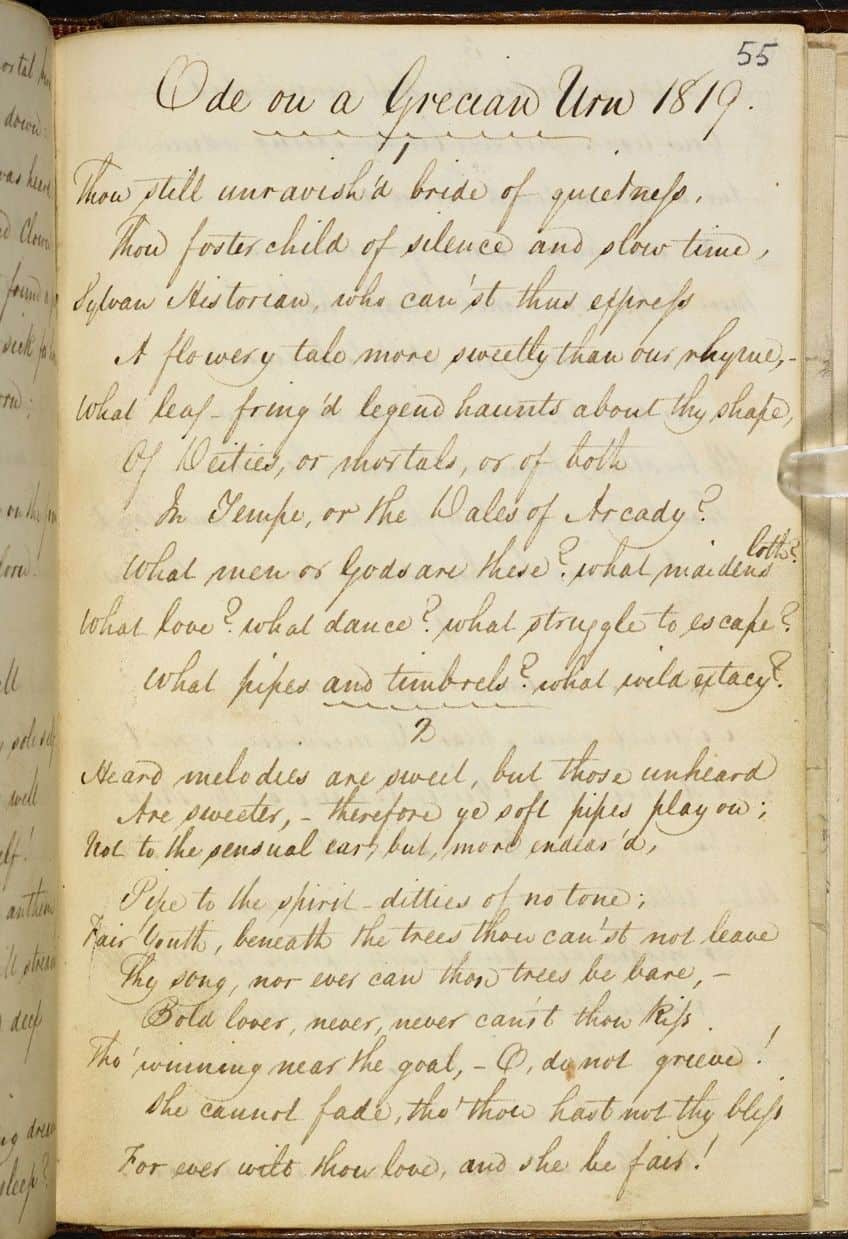
The Shield of Achilles (1952) by W. H. Auden
| Date Published | 1952 |
| Type of Poem | Ekphrastic poem |
| Rhyme Scheme | ABABBCC |
| Meter | Iambic pentameter |
| Topic | Anti-war |
The Shield of Achilles is a great instance of an ekphrastic poem, and it describes a piece of artwork that is depicted within a fictional narrative. In this instance, the poem is about the shield that was used by Achilles in the Homeric epic poem, The Iliad. However, the scenes on the shield become representative of something that was not actually on that original shield in the ancient epic poem, and instead of showing the images of great heroes and gods from the Classical era, it instead shows images of modern, non-heroic warfare.
The image of the shield is used to further elaborate on ideas from an entirely different period of time.

Two Monkeys (1957) by Wislawa Szymborska
| Date Published | 1957 |
| Type of Poem | Ekphrastic poem |
| Rhyme Scheme | None |
| Meter | Iambic pentameter and dimeter |
| Topic | The human condition |
Two Monkeys is a great work of ekphrastic poetry, and it is the description of a very real painting. In this case, it describes a painting by Rembrandt. This particular painting is one that shows two monkeys in chains. In this ekphrastic poem, the image of the monkeys is used to describe the situation that these monkeys face and explore the feelings of the speaker as she thinks about these monkeys.
They rattle their chains at her, and ideas surrounding freedom and a lack of it are clearly presented to the reader as they too consider the monkeys in their chains.
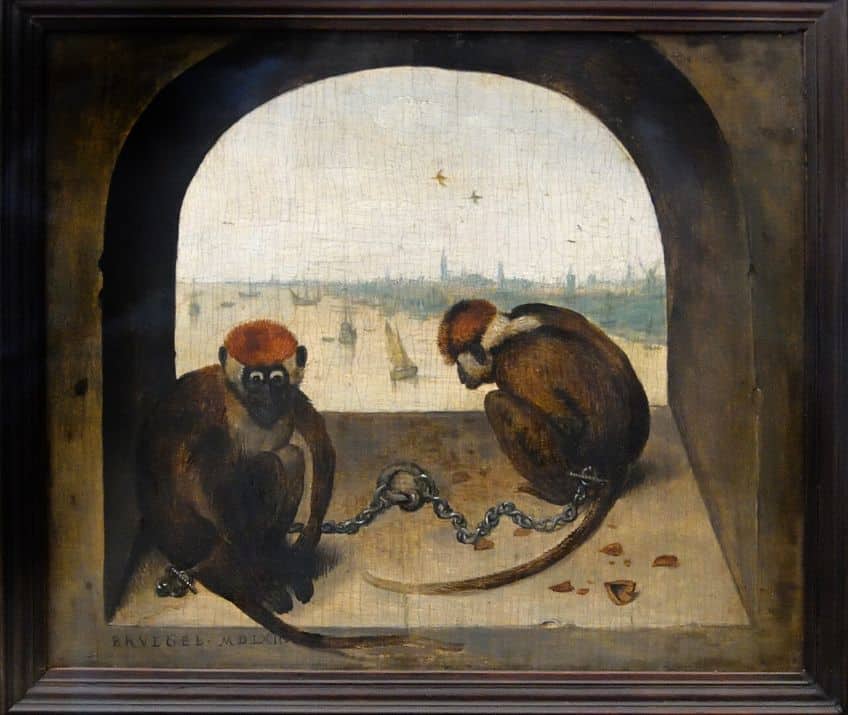
Landscape with the Fall of Icarus (1960) by William Carlos Williams
| Date Published | 1960 |
| Type of Poem | Ekphrastic poem |
| Rhyme Scheme | None |
| Meter | None |
| Topic | Landscape with the Fall of Icarus (1560) by Pieter Brueghel the Elder |
Landscape with the Fall of Icarus is another of the poems in this list of ekphrastic poetry that focuses very specifically on real-world painting. In this case, it is the image of a painting that we typically associate with Pieter Brueghel the Elder. It is concerned with the myth of Icarus and his fall from the sun. In this poem, the sight of Icarus in flight goes largely unnoticed by the regular people who toil away in the world.
They are indifferent to him, and, in this way, the poem can be analyzed in a similar way to the painting in question.

The Starry Night (1962) by Anne Sexton
| Date Published | 1962 |
| Type of Poem | Ekphrastic poem |
| Rhyme Scheme | Variable |
| Meter | None |
| Topic | The Starry Night (1889) by Vincent van Gogh |
The Starry Night is an ekphrastic poem that is yet another description of a real-world piece of art. In the case of this poem, it is a description of Vincent van Gogh’s famous Starry Night (1889) painting. The poem serves as a way to describe, in vivid detail, the way that the painting is presented to the viewer, but it also delves into the emotions that can be perceived upon seeing this piece of art in the first place. This serves as a strong tribute to the original artwork and a stunning piece of art in its own right.

Don’t you love terms that are rather complicated yet describe something quite frustratingly simple? Well, a word like “ekphrastic” is definitely not one of those terms, right!? This article has had a look at ekphrastic poetry by examining its history, definition, uses, and a handful of ekphrastic poem examples. This is not a complicated concept or idea, yet it has been made into something complicated and difficult for many by virtue of its difficult name. Hopefully, this article has helped to simplify the concept, and now, all you need to do is find some more ekphrastic poems out there that you can enjoy.
Frequently Asked Questions
What Is Ekphrastic Poetry?
This is a form of poetry that serves to describe a piece of artwork in detail. This variety of poetry can be used to describe an imagined artwork, but many of the more famous instances of the form are used to describe real-world instances of art. The art can be in any medium. For instance, it could be a painting, sculpture, or so on. There are no real restrictions on this as a form of poetry with regard to what kind of art it describes.
What Are the Characteristics of Ekphrastic Poetry?
Some of the most common characteristics of ekphrastic poems is that they allow us to visualize a piece of art. This means that they engage directly with the content and meaning of the art in question. However, with regard to the kind of poetry that can be ekphrastic, there are no real restrictions. It can be a sonnet, villanelle, and so on. In addition, it can describe a real or imagined piece of art, and it can be described for as many reasons as desired. It could simply be to describe a beautiful piece of art or as a piece of commentary on that art.
Where Did Ekphrastic Poetry Originate?
The earliest examples of this variety of poetry can be found in the ancient world. In more specific terms, it was found in ancient Greece. For instance, some of the earliest texts to have made use of ekphrasis include the works of Homer. The ekphrastic poem form has continued to exist for many centuries, and there are a great many people who have written in this genre. So, while it may be an ancient and somewhat obscure form of poetry in comparison to many others, it has also been adopted by many over the years.
Can Ekphrasis Be Used Outside of Poetry?
The term ekphrasis does not solely refer to poetry. While ekphrastic poems are those that describe pieces of art, an instance of ekphrastic prose does the exact same thing but in prose form. This shows that the term is simply a basic concept that can be applied anywhere. It has a more complicated name, but the meaning behind that name is not complicated in the slightest.
What Are Some Notable Ekphrastic Poem Examples?
There have been a great many famous instances of ekphrastic poetry. Some of the best include works such as Ode on a Grecian Urn (1819) by John Keats, The Shield of Achilles (1952) by W. H. Auden, and The Starry Night (1962) by Anne Sexton. Each of these poems makes use of ekphrasis for entirely different reasons, but they are all examples of this form. Many other examples of ekphrastic poems exist.
Justin van Huyssteen is a freelance writer, novelist, and academic originally from Cape Town, South Africa. At present, he has a bachelor’s degree in English and literary theory and an honor’s degree in literary theory. He is currently working towards his master’s degree in literary theory with a focus on animal studies, critical theory, and semiotics within literature. As a novelist and freelancer, he often writes under the pen name L.C. Lupus.
Justin’s preferred literary movements include modern and postmodern literature with literary fiction and genre fiction like sci-fi, post-apocalyptic, and horror being of particular interest. His academia extends to his interest in prose and narratology. He enjoys analyzing a variety of mediums through a literary lens, such as graphic novels, film, and video games.
Justin is working for artincontext.org as an author and content writer since 2022. He is responsible for all blog posts about architecture, literature and poetry.
Learn more about Justin van Huyssteen and the Art in Context Team.
Cite this Article
Justin, van Huyssteen, “Ekphrastic Poetry – Where Prose Meets Visual Art.” Art in Context. January 10, 2024. URL: https://artincontext.org/ekphrastic-poetry/
van Huyssteen, J. (2024, 10 January). Ekphrastic Poetry – Where Prose Meets Visual Art. Art in Context. https://artincontext.org/ekphrastic-poetry/
van Huyssteen, Justin. “Ekphrastic Poetry – Where Prose Meets Visual Art.” Art in Context, January 10, 2024. https://artincontext.org/ekphrastic-poetry/.





